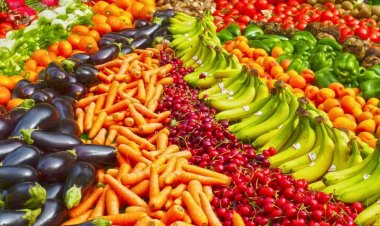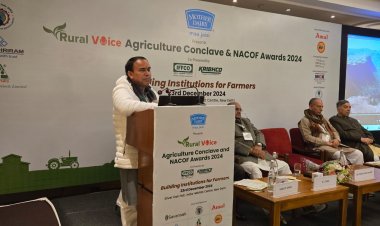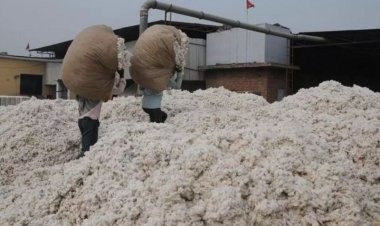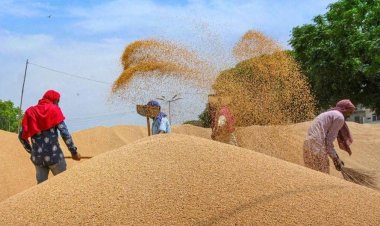Plant Health and Global Food Security
Nearly one billion people go hungry every day. Also, a significant amount of food is lost due to pests and diseases. Use of improved varieties, integrated pest management (IPM) and good agricultural practices (GAP) can help ensure good plant health so critical to achieve the SDGs by 2030
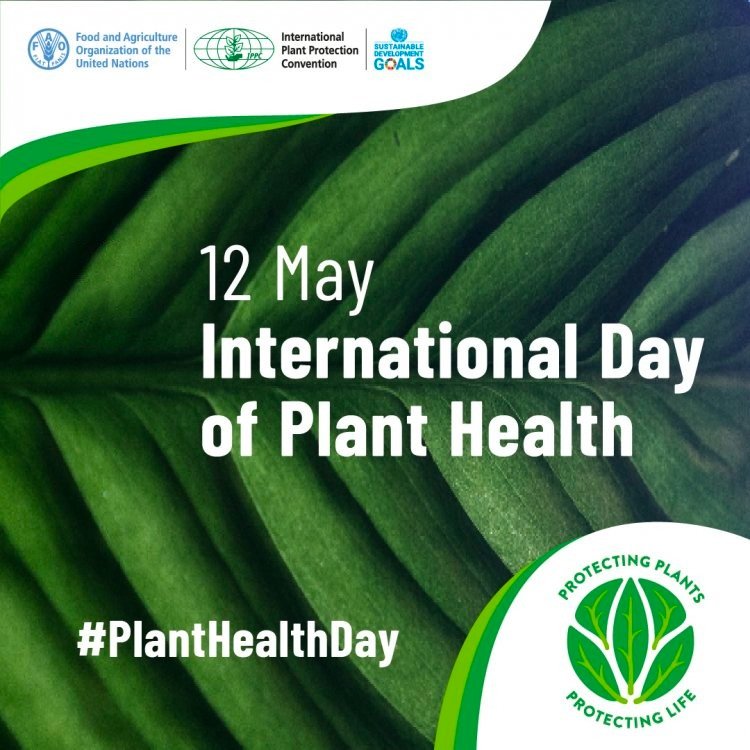
Today, the whole world celebrates the International Day of Plant Health, signifying the importance of crop plants for human survival. From the beginning of civilisation, the importance of quality seeds and healthy plants to guard against diseases, pests and natural calamities has been well known. Globally, annual losses due to pests and diseases are estimated to be around $ 200-300 billion. In general, the crop losses due to pests could range from 10-40 per cent. Further, climate change is also affecting plant health adversely, threatening thereby the global food security.
By 2050, the global population will be 10 billion needing 60 percent extra food with less natural (land, water, biodiversity etc.) resources. Hence, to meet the Sustainable Development Goals by 2030, especially relating to poverty (SDG1), zero hunger (SDG2), climate action (SDG13) and healthy life on land (SDG15), will be a daunting task needing urgent action both at the national and global level to raise healthy crops, while guarding against biotic and abiotic stresses as well as the adverse impact of climate change.
Pests and Diseases - Real Threat to Plant Health
Plant pests and diseases pose serious threats to global food security. For example: a severe outbreak of Brown spot fungus (Helminthosporium oryzae) in West Bengal destroyed rice crop (50-90%) leading to over two million deaths (Bengal Famine, 1942-43). The potato late blight caused by Phytophthora infestans (Irish Famine, 1845) killed more than one million people in Ireland. The Taro leaf blight (Phytophthora colocasiae) in 1993 caused almost 100 per cent loss in Samoa thus threatening the very food security in the Pacific region.
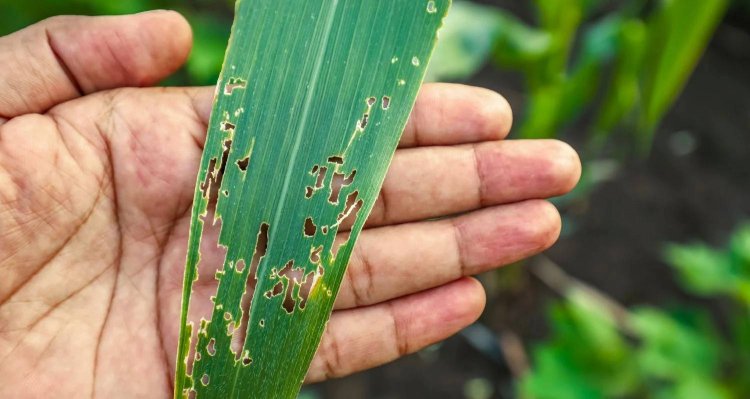
Over decades, wheat crop has also been affected adversely due to black, brown and yellow rusts as well as Karnal bunt. Since the last two decades, the threat of virulent transboundary stem (black) rust Ug 99 - noticed first in Uganda is being addressed through Borlaug Global Rust Initiative (BGRI) as 90 per cent of wheat varieties are susceptible and this race has by now spread to Iran.
More recently, the infestation of Fall Armyworm (Spodoptera frugiperda) in East Africa, Bangladesh and West Bengal in India has caused yield losses up to 40 per cent.
In India, prior to the release of genetically modified Bt cotton in 2001, the yield losses due to Bollworm (Helicoverpa armigera) required spray of chemical pesticides - almost half of the total quantity used in agriculture. Fortunately, Bt cotton has rescued smallholder farmers for over two decades now due to reduction in pesticide use by almost 40 per cent. Adoption of genetically modified cotton thus enabled India to be the largest producer in the world and emerge as an important exporter.
For containing transboundary diseases, effective quarantine measures at the national level are urgently required in the developing countries. For instance, thanks to the effective quarantine system in Australia, there are no reports of Karnal bunt incidence in wheat and many other pests of other crops. Strong plant quarantine system is, therefore, critical to guard against diseases and pests emerging in new host crops and the regions.
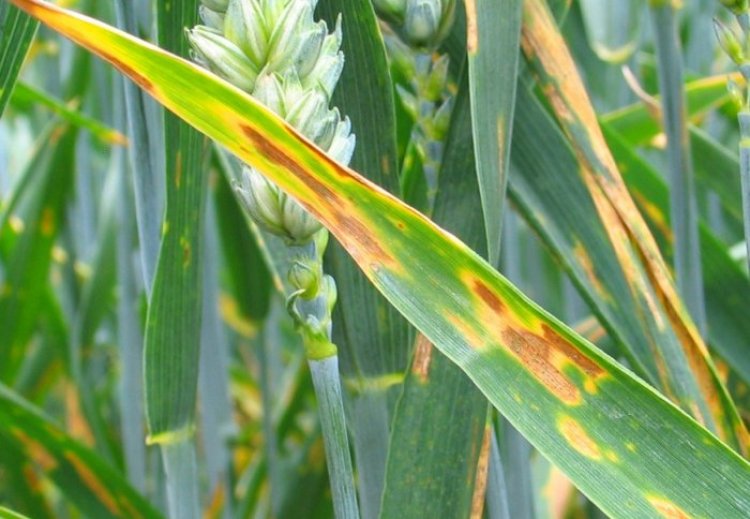
In case of global exchange and production of vegetatively propagated food crops like banana, cassava, potato, yam, sweet potato and fruits like citrus, apple etc., certified planting materials will be critical for raising healthy crops and their quality produce.
Crop Breeding to Improve Plant Health
Plant genetic resources are crucial for global food, nutrition, and environmental security. Genetic enhancement through dwarfing and photo-insensitive genes in wheat and rice helped achieve the Green Revolution in South Asia. Revolution in sugarcane production also took place in India through nobilization of cane using wild germplasm. Nobilization also helped in spreading sugarcane production from tropical south to sub-temperate regions of north India on account of earliness and tolerance to stem rot.
In order to guard against adverse impacts of climate change, we urgently need genes that are tolerant to drought, heat, cold, flood, diseases, pests, etc. Also, there is a need to intensify efforts for stacking multiple resistance genes using innovative genome editing (Crisper/Cas9) technology. This requires strengthening of plant breeding efforts at the global level, including strong partnership between NARS and CGIAR, and with the private sector.

As per the FAO study, plant breeding efforts have invariably declined in many developing countries. Hence, a Global Initiative on Plant Breeding (GIPB), supported by Bill and Melinda Gates Foundation (BMGF), is being implemented by FAO in developing countries.
Promoting the Concept of ‘One Health’
Though the UN had declared 2020 as the International Year of Plant Health, somehow its importance got overshadowed by COVID- 19 Pandemic. On the contrary, the importance of ‘One Health’ (soil, plant, animal, man) concept could gain considerable prominence. ‘One Health’ is an integrated, unifying approach that aims to sustainably balance and optimise health of soils, plants, animals, and people under varying ecologies. Also, food security is a major goal of ‘One Health’ concept as it embraces healthy food production, processing, value chain and marketing. Therefore, all stakeholders (farmers, consumers, researchers, private sector, NGOs and government officials) need to work towards sustainable food production in much coordinated manner in order to raise healthy crop plants to meet our food and nutritional security. Also we shall need to develop automated plan pest and disease outbreak prediction and management systems at least for the major food crops.
Crop Diversification for Sustainability
Agricultural diversification towards remunerative and high value crops such as vegetables, fruits, condiments, spices, medicinal plants, etc. will increase farmers’ income and reduce poverty. The use of biofortified varieties in cereals, millets, pulses, oilseeds, vegetables, and fruits evolved recently, having high nutritive value and low anti-nutritional factors, has now to be promoted.
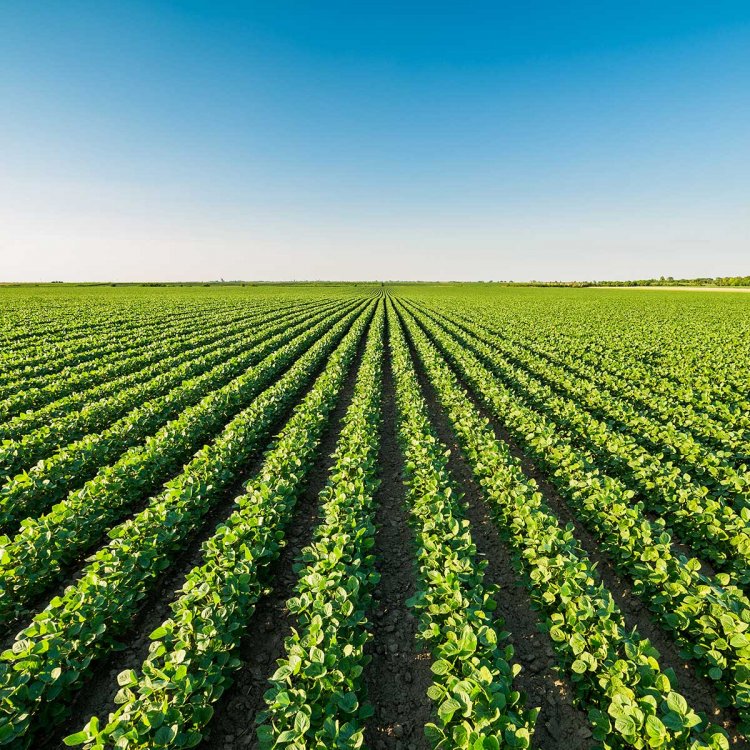
Also 2023 being the International Year of Millets (nutri-grains) which are tolerant to drought, heat, pests and diseases and nutritionally superior in protein, fibre, minerals and vitamins, compared to rice and wheat, their enhanced use in the food basket would help addressing specific concern of global hunger. The recently held UN Food Systems Summit also emphasized to strengthen research on local food crops and their greater use.
Shifting away from cereal-centric cropping systems to a more diversified (cereal-legume based) integrated farming system will be more sustainable. This will help conserve natural resources and promote regenerative agriculture. Crop diversification and growing of healthy crops have so far helped achieve global food security. However, reorientation around local food systems being more resilient and adapted, using seeds of healthy plants, will help achieve greater agricultural sustainability.
(Dr R S Paroda is Chairman, TAAS and Former Secretary, DARE and Director General, ICAR)



 Join the RuralVoice whatsapp group
Join the RuralVoice whatsapp group



















